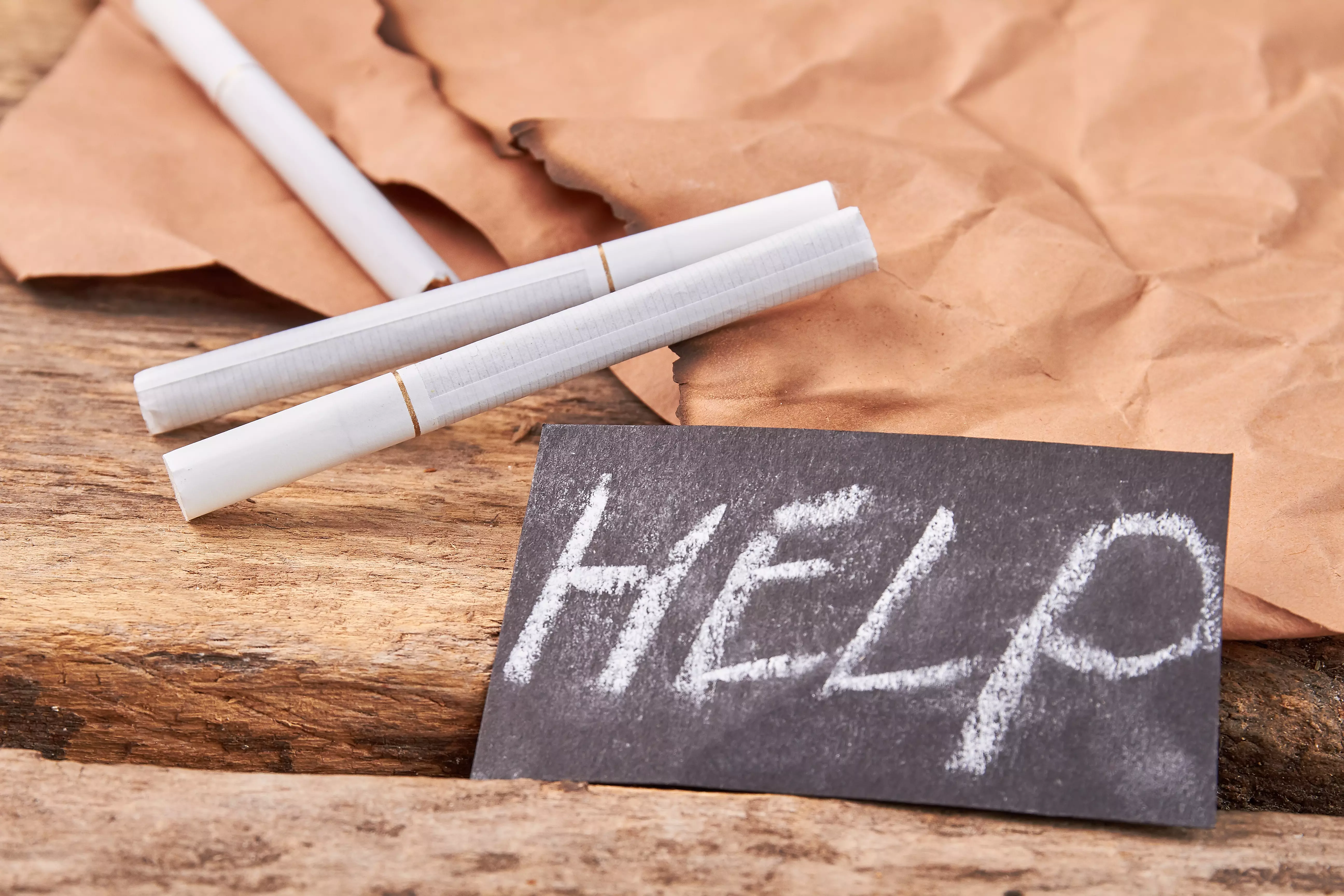Tools and resources to combat secondhand smoke
Secondhand smoke poses a serious threat to public health. Fortunately, there are numerous tools and resources that can help prevent exposure to tobacco smoke. In this article, we will look at a few of them.
Educational materials
Educational materials, such as flyers, posters, brochures and infographics, can be extremely effective in raising awareness about the risks of secondhand smoke. They can include information on the components of tobacco smoke, its effects on health and ways to protect yourself from secondhand smoke.
Anti-smoking programs
Smoke-free programs, offered by various public health organizations and some employers, can help smokers quit, which in turn reduces the exposure of others to secondhand smoke. They can include counseling, nicotine and non-nicotine therapies, and group support.

Mobile applications
Today, technology plays a key role in promoting health. There are many mobile apps designed to help people quit smoking and educate about the harms of secondhand smoke.
Rules and regulations
Smoke exposure rules, such as bans on smoking in public places and at home, can be an effective tool to combat secondhand smoke. Compliance with these regulations is key to protecting public health.
Public health organizations
Public health organizations, both at the local and national level, offer many resources to combat secondhand smoke. They can provide educational materials, conduct community campaigns and offer anti-smoking programs.
Summary
There are many tools and resources available to combat secondhand smoke. Educational materials, anti-smoking programs, mobile apps, rules and regulations, and public health organizations are just a few. Utilizing these resources can help raise awareness about the dangers of secondhand smoke, encourage smoking cessation and ultimately contribute to a healthier future.
 smokefreeamericas.org
smokefreeamericas.org smokefreeamericas.org
smokefreeamericas.org